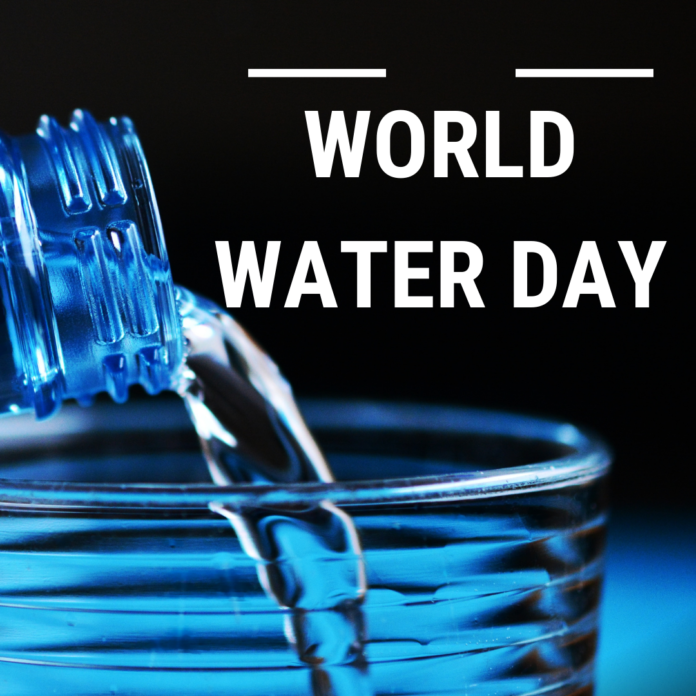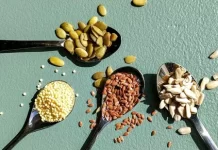Water is the source of life; when we sow a seed in the soil, it will not grow unless we nourish it; we water the seed daily, and it will grow into a plant. What we eat every day, fruits, vegetables, cereals, and so on, is only available to us because of “water.” Looking at our everyday lives, we can see how important water is.
As the world’s population grows, we are experiencing a scarcity of various natural resources because we are not managing them properly. Some countries around the world are also experiencing water scarcity, which is devastating for them. Residents of Bicholim (GOA) and neighbouring areas in India, for example, have faced serious water problems, while in Pakistan; the region of “Thar” has lost many children due to severe drought. Other countries experiencing water shortages include Brazil, China, the United States, Jordan, South Africa, Libya, and Kosovo. Taking into account all of the risks and issues, the United Nations (UN) proposed that World Water Day be celebrated on March 22 each year, by Agenda 21 of the United Nations. This was first suggested at the United Nations Conference on Environment and Development in 1992. On March 22, 1993, the first World Water Day was observed.
The aim of commemorating World Water Day is to remind us to follow the guidelines for conserving water for ourselves and future generations. The United Nations and its member countries commemorate this day by supporting and enforcing the UN’s recommendations to conserve water supplies. Various organizations support water conservation, wastewater treatment to keep it safe, and aqueous habitat protection.
World Water Day has a different theme each year, and it is celebrated by that theme. For example, the theme of the 2014 “World Water Day” was “water and energy,” so strategies to use water as an energy source were promoted by the theme. In 2015, the theme of “World Water Day” was “Water and Sustainable Development,” so the agenda was to use water resources for sustainable development.
The primary goal of World Water Day is to conserve water supplies and address the global issue of clean water scarcity. Since 1993, the 22nd of March has been designated as World Water Day, to emphasize the value of freshwater.
World Water Day commemorates water and raises awareness of the 2.2 billion people who do not have access to clean drinking water. It is about taking steps to address the world’s water crisis. One of the primary goals of World Water Day is to help achieve Sustainable Development Goal 6: water and sanitation for everyone by 2030.
Water is under serious pressure today due to a rising population, increased agricultural and industrial demands, and the worsening effects of climate change. Many people’s needs are being overlooked as communities balance the demands on water supplies.
This year’s World Water Day theme is “What Water Means to People,” “Its True Meaning,” and “How We Can Better Protect This Important Resource.” Water has tremendous and complex importance for our households, culture, health, education, economics, and the dignity of our natural environment, so its value is much more than its price. We risk mismanaging this finite, irreplaceable resource if we neglect any of these values. Through utilizing these social media assets and participating in digital discussions with the hashtags #Water2me and #WorldWaterDay, you can help catalyze conversations about water.
The concept for this international day dates back to 1992 when the United Nations Conference on Environment and Development was held in Rio de Janeiro. The same year, the United Nations General Assembly passed a resolution designating March 22 as World Day for Water, to be observed beginning in 1993. Other festivals and activities were later added. These commemorations aim to reaffirm the importance of water and sanitation initiatives in poverty alleviation, economic development, and environmental sustainability.
The key emblem of the World Water Day celebration is the shape of a blue water drop. The upcoming summer season, as well as the coronavirus pandemic, has sent a silent message to the world about the vital importance of clean water availability. The day is intended to raise “awareness of the 2.2 billion people who do not have access to clean water.” What are we doing to ensure that everybody, particularly the poor, has access to safe drinking water? The theme of World Water Day is taking steps to address the global water crisis. While driving by, many of us have seen small children and elderly people with containers of various sizes queuing up by water tankers or taps.
According to the United Nations, the theme of World Water Day this year is “Valuing Water” and “How We Can Better Protect This Essential Resource.” Water’s worth is much greater than its monetary value.” This universal solvent has “important and complex importance for our families, culture, health, education, economics, and the dignity of our natural environment.” We risk mismanaging this finite, irreplaceable resource if we neglect either of these values.”
Still, one in every three people lacks access to clean drinking water. Up to 5.7 billion people can live in areas where water is scarce for at least one month of the year by 2050. Climate resilient water supply and sanitation could save the lives of more than 360,000 infants per year. We could reduce climate-induced water stress by up to 50% if we limit global warming to 1.5 degrees Celsius above pre-industrial levels. Over the past decade, extreme weather has been responsible for more than 90% of major disasters. Global energy demand is expected to rise by more than 25% by 2040, while water demand is expected to rise by more than 50%. One of the primary goals of World Water Day is to help achieve Sustainable Development Goal 6: water and sanitation for everyone by 2030.
To promote measures addressing water resource issues, the General Assembly designated 2018-2028 as the International Decade for Action “Water for Sustainable Development”. Almost half of the world’s schools do not provide students with soap and water for handwashing.
By Shreya Patel










